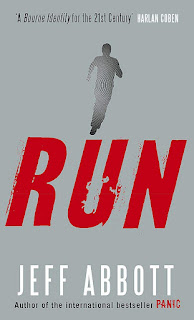Asterix and the Roman Agent - Goscinny & Uderzo

In an attempt to undermine relations in the indomitable Gaulish village, Caesar sends out an agent who has an uncanny ability to sow discord wherever he goes. In no time at all he has the combative inhabitants at each other’s throats. Classic Asterix tale, this makes good use of the colourful characters in the village, and even has a landmark battle where all four Roman camps join forces in battle against a village without magic potion, and practice their own form of “psychological warfare”. Even the pirates get in on the act. Marvellous.














